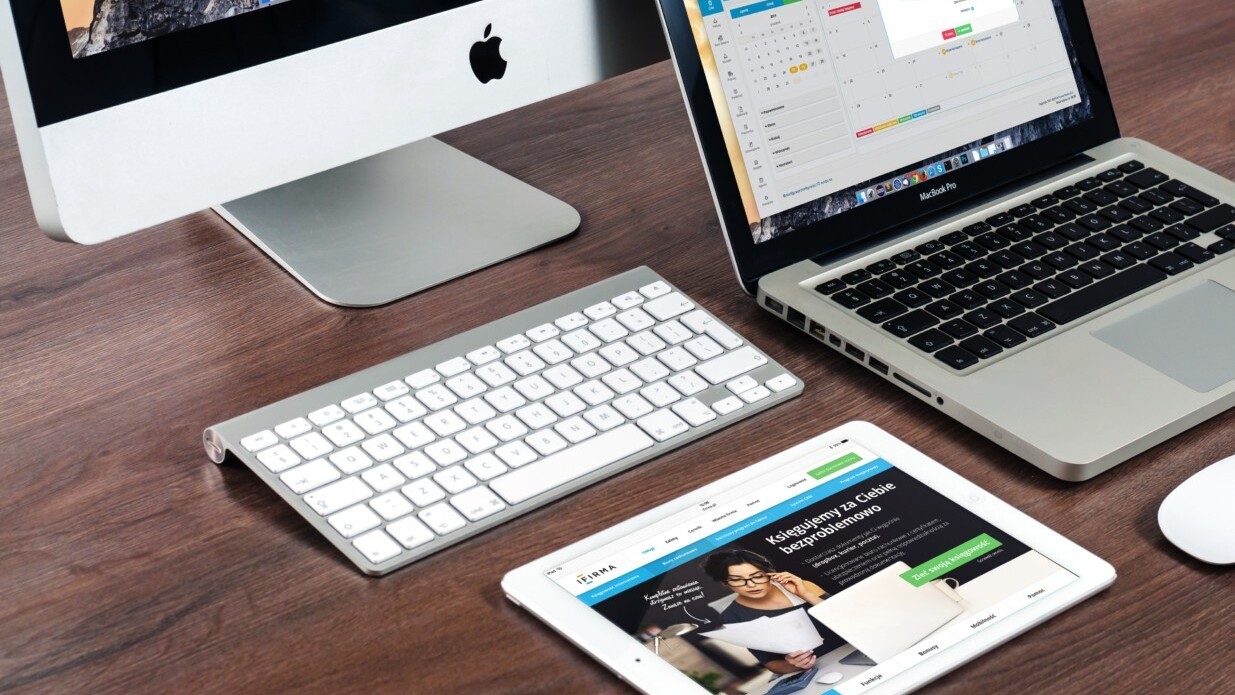
24 hours after being herded into a crowded auditorium at the San Jose Convention Center, things are coming into focus. It’s time to reflect.
For Apple fanboys (like me), it’s been a rough couple of years. In a time where Apple enjoyed record profits, its products, arguably, toed the line of the insults we were all too used to hearing. They were underpowered, overpriced, and clones of features (insert company here) released a year ago. What we understood that perhaps others didn’t was the tight integration of hardware and software led to a more enjoyable experience than a glitchy, but overwhelmingly-spec’d competitor. The company’s mantra held true: it just worked.
And then something weird happened. After years of creating devices for outsiders — laptops and desktops for creatives, not technophiles — Apple’s popularity led to a shift in focus. Instead of delivering the pricy laptops we once adored the company now had a new customer in mind: casual consumers.
This isn’t inherently bad. Most companies have an entry-priced item or two that appeals to the masses, and Apple’s current MacBook certainly fits that bill. But we didn’t have an issue with watered down MacBooks, it was the decline of the Pro line that each of us took issue with.
The MacBook Pro, for example, was once believed to be the laptop of choice for creative professionals: designers, photographers, video editors, etc. Within the last few years, the machine became something else entirely, an overpriced laptop that was underpowered, and clearly targeted at the pro-sumer market, not actual professionals.
The change didn’t happen overnight. But it did happen.
The Mac Pro languished over 1,200 days before Apple promised an update was coming next year (2018). Worse, the expensive machine had a fatal design flaw, one the company only copped to four years later. The iMac went long periods with out upgrades. Apple dropped its standalone Retina monitors. The MacBook Pro went over 450 days without so much as a peep about an update.
We complained.
Nothing.
We waited.
Nothing.
Some of us even jumped ship and announced our newfound love for Windows. And it was hard to blame them. Satya Nadella had righted the ship at Microsoft. After years of underwhelming budget laptops, corporate dominance, and high-priced gaming rigs, Windows found the sweet spot. In fact, you could argue that the company became more Apple-like than Apple during this period. It’s a tough statement to dismiss after seeing last year’s Surface Studio unveiling — and if you haven’t watched the video, you should: it’s arguably the best product launch video we’ve seen to date.
Microsoft’s emergence paired with Apple’s perceived downfall in the computing market left many of us in panic mode, myself included. In fact, I penned a piece in 2015 that didn’t go over too well with the internet discussing just this. Some warped the meaning to assume I meant Apple was headed for financial ruin, but the only losses I feared for Apple were in image, not bank balance.
And that fear didn’t go away until yesterday.
At WWDC this year, Apple proved one thing: it was listening. For a company veiled in secrecy — one that even most reporters don’t have access to — it was clear Apple had been paying attention.
Its new line of products definitely beefed up the horsepower of its current offerings, but a new product — the iMac Pro — along with the promise of a new Mac Pro in 2018, showed its lack of focus was perhaps temporary, and that it was ready to remedy the oversight.
It’s hard, after all, to edit 4k video on an underpowered machine that costs nearly twice as much as a custom-built high-end rig made to do just that. It’s even harder to push the envelope in the VR space when a lot of creators still use Macs, and not a single Mac on the market (until yesterday) was capable of meeting the minimum specs on headsets offered by Oculus or HTC.
But within a two hour window, all that changed. And with it, so did my outlook on Apple’s future as a company that caters to creatives.
Maybe the sky isn’t falling.
Get the TNW newsletter
Get the most important tech news in your inbox each week.





